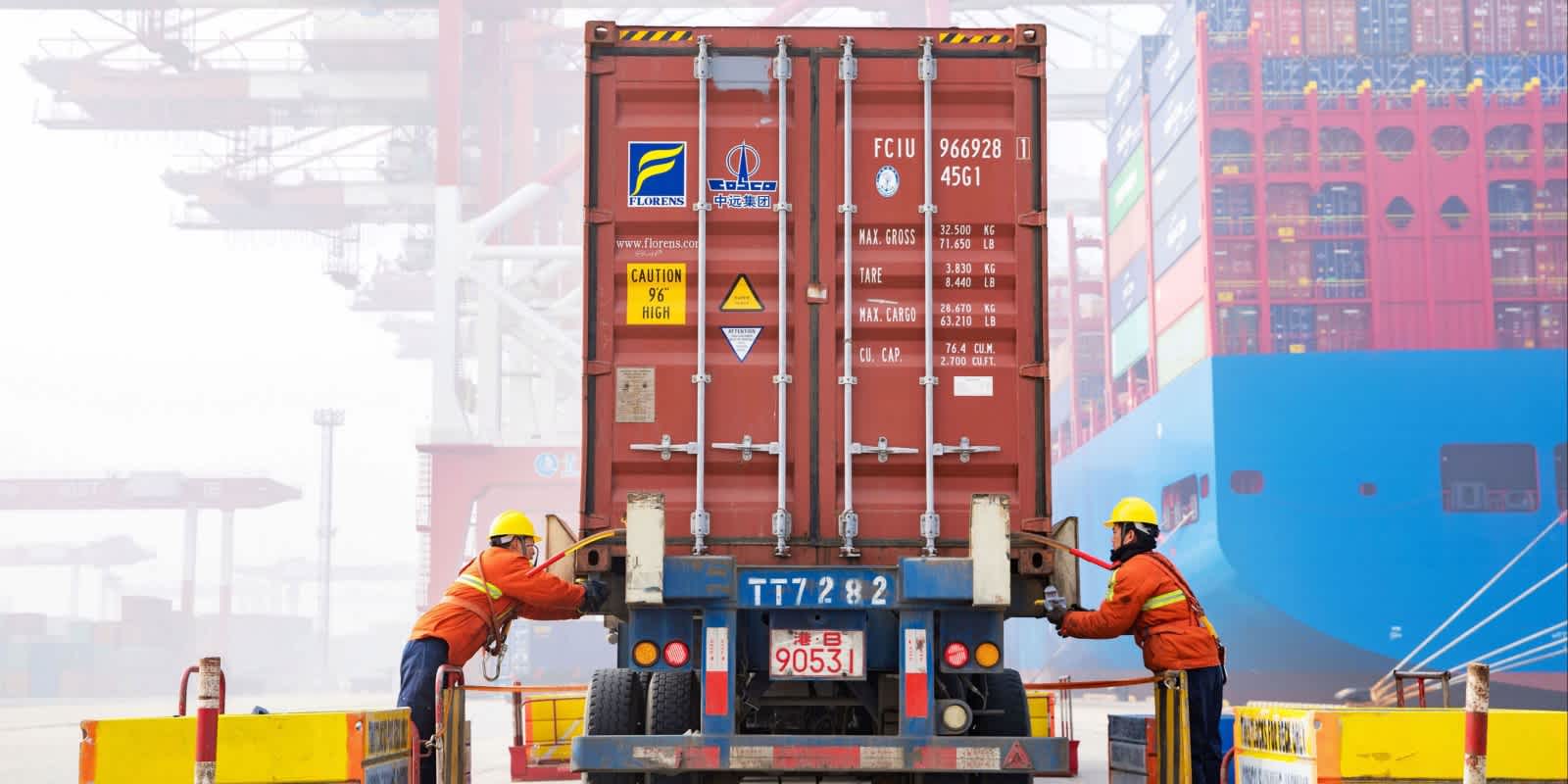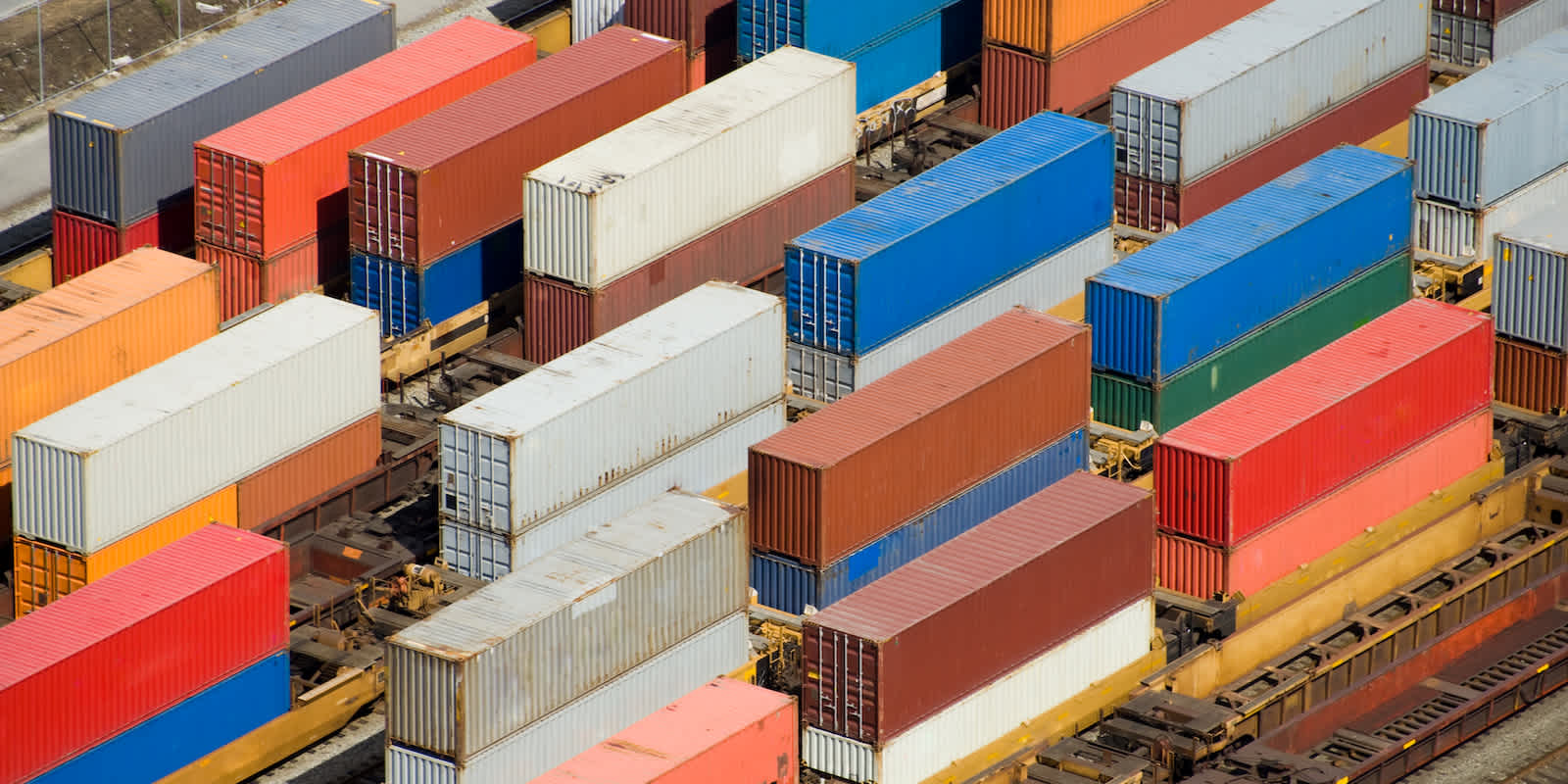
Back to Blog
November 18, 2022
Supply Chain Snapshots - News & Trends You Should Read This Week
Friday, November 18, 2022
Looking for a quick summary of the top supply chain and logistics news and trends making waves this week? Read our weekly "Supply Chain Snapshots" for helpful summaries and commentary to get you up-to-speed on the news you need to know.
#1 The Pandemic Taught the Logistics Industry to See the Whole Supply Chain—and to Fix its Broken Links
Read the full Business Insider article here
- The pandemic and the supply chain disruptions that came along with it helped weed out brands’ weak points in their operations and processes.
- Early in the pandemic, many retail and e-commerce brands struggled to keep inventory in stock, proving how much they didn’t know about their supply chains from making and buying goods to shipping and delivering finished products.
- Many companies are now working on increasing end-to-end visibility into their supply chains, so they can make changes efficienlty and prevent future wide-scale disruptions.
- Visibility is essential for trimming the fat that slows supply chains down. According to Flexport’s Co-CEO Dave Clark, “If we are successful, we will have removed tremendous waste from the world–wasted time, inventory, natural resources, and money–freeing that capital for other more value-added activities, while reducing consumer impact on the planet.”
- Teamsters President Sean O'Brien is pushing for reforms at UPS and beyond, while Federal Maritime Commission Chairman Daniel Maffei is urging the ocean shipping companies he regulates to take the necessary steps towards improving end-to-end visibility.
- Maffei explains that “[A supply chain is] an ecosystem that needs a holistic view… everything affects everything else."
#2 Why Trucking Fleets are Expanding Amid a Freight Slowdown
Read the full FreightWaves article here
- Trucking fleets are desperate for trucks after manufacturing supply chain crunches made it tricky to get a new truck in 2021 and much of 2022.
- According to ACT ResearchIn the last three months, manufacturers delivered 81,000 trucks to fleets, up from 30% from the same period last year.
- According to FreightWaves and other outlets like Bloomberg and CNBC, industry insiders have warned that another bloodbath, trucking winter, or “Great Purge” of small trucking fleets is expected.
- Spot rates have declined throughout 2022, which is especially challenging for small fleets and owner-operators.
- Based on federal data, fleets of 1,000 or greater grew their tractor fleets by 1.2% from May 2021 to May 2022. The total number of tractors at fleets with six or fewer trucks increased by 7.7% during the same period.
- In response to soaring truck prices since the end of 2020, many public truckers sold off their used trucks but are since looking to build back their fleets.
- Federal data reflects that net revocations of trucking authorities are increasing this year. Overall, the market is shifting in favor of large carriers and contract freight.
- Supply chain crunches may mute the impending freight recession.
#3 New York Continues Streak as Nation’s No. 1 Port as LA Cargo Volume Hits Level Not Seen Since 2009
Read the full CNBC article here
- The ports of Los Angeles and Long Beach—the country’s busiest trade ports—saw imports of shipping containers drop by 26% in October 2022 compared to the same month in 2021.
- Many logistics managers and industry experts predicted that trade was being redirected due to the labor issues at West Coast ports for the past few months.
- While talks between the International Longshore and Warehouse Union and the Pacific Maritime Association are expected to resume soon, there is little clarity on the progress of the negotiations.
- Everstream says the labor actions at both the ports of Oakland and Seattle have decreased productivity, causing carriers to divert volumes to Canadian ports on the west Coast.
- Smaller container volumes are now being seen from the ports across the East Coast, including New York and New Jersey.
- Even with the holidays right around the corner, Alex Charvalias, MarineTraffic's supply chain in-transit visibility lead, explains that the New York port is facing a record-low average waiting time for container capacity "off port limits."
- Shipping volumes waiting at sea are down almost 90% from their peak in July
- Rick Cotton, executive director for the Port of New York and New Jersey, explains that initial ocean bookings for the port in November show "a definite softening," but also predicted they might be "seasonal."
- The Port of Savannah, which has also been moving record volumes, is seeing a decrease in vessels waiting, with 17 vessels waiting an average of about 3 days this week.
#4 Rail Strike Potential Grows, Threatening to Worsen Supply Chain Backlogs, Inflation
Read the full NBC News article here
- A potential rail strike could start soon as rail employees are still demanding rail companies to increase the amount of paid sick leave before signing new contracts.
- The dispute once again threatens to bring freight transport across the country's sprawling 140,000 miles of rail to a halt prior to the holiday season, further burdening supply chains and potentially causing economic fallout.
- In September, rail workers came close to striking before the Biden administration quelled the situation.
- The rail companies agreed to significant raises of 24% over five years, backdated to 2020. They have also implemented greater flexibility in workers' rigid scheduling requirements. However, fully-paid sick time was not part of the deal.
- Railroads have slashed employment in recent years under a system called "precision scheduled railroading," which has allowed them to run longer trains with fewer workers and boost profits.
- During the pandemic, some rail companies instituted rigid scheduling requirements that put workers on-call more-or-less 24/7.
- A strike would be a disaster for the an already-struggling supply chain in the U.S. Congress has the authority to force the parties back to the table, pause negotiations until next year, or legislate a settlement—an outcome that some of the unions have opposed.
#5 Why Your Company Needs a “Chief Trade Officer”
Read the full BCG article here
- In the past few years, trade compliance has become enormously complex and a significant source of corporate risk. These days, large global companies can no longer take an ad hoc approach to supervising the massive volumes of goods they ship and receive around the world.
- The role of risk management in trading needs to change rapidly. Many companies with large import and export footprints should consider involving a "chief trade officer"—a senior executive who reports directly to company executives.
- This particular executive should be involved in a wide range of strategic initiatives and have the skillset to anticipate geopolitical shifts that could impact the business.
- It is predicted that companies that can quickly adapt their trade compliance strategies and master the new rules of international trade will gain a valuable strategic and competitive advantage.
- A Chief Trade Officer role would require an individual who can take full advantage of new opportunities created by policy changes-risk management.
We’ll be back in 2 weeks for the next edition of supply chain snapshots.
Related content
![Header Image - The 2023 Supply Chain Planning Playbook - Predictions and Advice From Global Logistics Experts]()
BLOG
The 2023 Supply Chain Planning Playbook - Predictions & Advice From Global Logistics Experts







